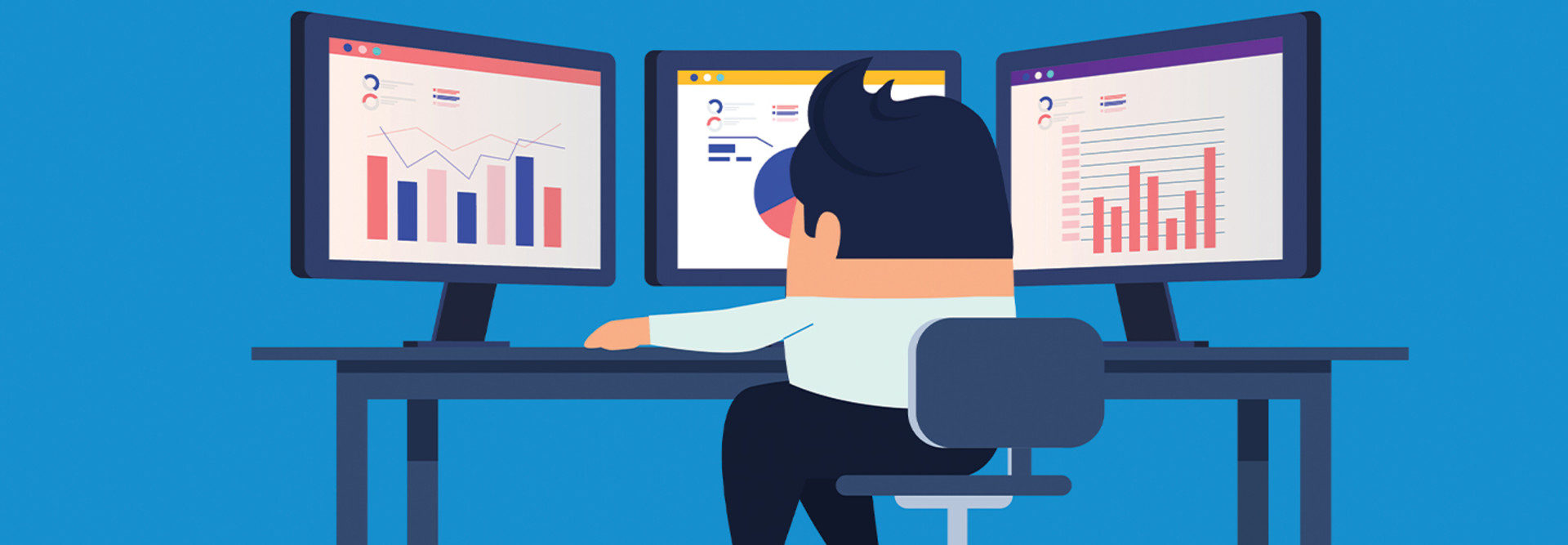Before technology transformed K–12 education, IT professionals and teachers mostly stayed in their own lanes: IT staff kept systems humming behind the scenes, while educators handled the classroom. Today, those lines are blurry, if not altogether erased.
In fact, when the Consortium for School Networking asked IT leaders about their role in supporting teaching and learning, 76 percent said it is to “be more responsive to educator IT needs,” according to CoSN’s 2019 K–12 IT Leadership Survey Report.
The organization included that question in its annual survey for the first time last year, and it’s a telling addition. Many IT professionals now work closely with educators, particularly as districts pursue initiatives related to data-driven instruction and decision-making. It’s a change that is expanding the scope of both roles.
“The big thing that IT leaders have to do is get out into the classrooms,” says Mike Daugherty, director of technology and innovation for Chagrin Falls Exempted Village Schools in Ohio. “As things have changed and our role in the educational process has shifted so much, you have to find time to get out there and see if what you’re doing is really working.”
Proponents of data-driven education say IT leaders have an important role to play in helping educators choose the right tools, deploy them successfully and manage privacy concerns.
MORE ON EDTECH: Learn why K–12 schools should establish a data-driven culture.
1. Guide K–12 Districts Toward the Right Data Solutions
Districts typically launch data initiatives by figuring out what the end goals are and what tools are required to get there. IT leaders can help by fostering clarity about objectives; for example, do educators want a data dashboard, or are they really looking for an assessment solution?
“My role as an IT leader is to ask questions. What are their goals? What do they want to look at?” says Jean Tower, director of media and digital learning at Needham Public Schools in Massachusetts. “I make sure that whatever product we’re buying meets their goals.”
IT staff can also be a sounding board about what’s possible from a technical perspective and which solutions will be most user friendly.
“We can be the reality check, but I also think we can push toward solutions that are easy to use and fast,” Tower says.
In Ohio, Daugherty uses stakeholders’ needs to narrow down options and then reviews them with teachers, curriculum directors, principals and technology coaches.
“We all look at those systems together and weigh the pros and cons,” he says. “By getting the right people involved, you pick a better solution.”
2. Follow Up to Ensure IT Deployments Achieve Desired Goals
After a solution is chosen, IT leaders’ ongoing involvement can ensure districts get the return they’re looking for.
“It’s important for IT leaders to approach it from the perspective of, ‘Yes, we are the folks in charge of helping to technically implement this data, but how are we working across departments to make sure that it’s actually implemented in a meaningful way?’” says Susan Bearden, chief innovation officer for CoSN.
In one case, Daugherty’s district rolled out a platform, flowed in the data and set up reports — but teachers didn’t use it. Conversations revealed that users saw the tool as “one more system to log in to,” he says.
That led his team to choose a new solution that’s integrated into an existing platform. Now, he says, “when they log in, it’s a tab inside the student information system, and teachers are getting to their data so much quicker. They’re accessing it way more — and it all had to do with where it was located.”
Leaders can also facilitate buy-in by giving teachers opportunities to see the benefits of data-driven instruction firsthand, Tower says — a strategy that’s especially effective when teachers are initially resistant.
“It’s having to create experiences for them where the data changes their mind,” she says. “They have their ‘aha!’ moment and say, ‘I want more of this.’”
WATCH: Discover how data analytics can improve remote learning.
3. Boost Communication Efforts Around Data Privacy
When districts embark on a data-driven approach, questions about data privacy often follow, especially among parents.
“Addressing the issues of student data privacy, both real and perceived, is important because sometimes people have perceptions about data systems that may not be accurate,” Bearden says. “But it’s still incumbent on district leaders to make sure they know what those concerns are, what the facts are and how they are being addressed.”
IT leaders can strengthen those communications by providing specifics about which data districts collect, which vendors they partner with and what efforts they take to monitor privacy agreements and protect students’ information.
“The best way to earn that trust is to be transparent,” says Daugherty.











